If you’ve ever wondered how Google seems to read your mind, the answer lies in its massive and incredibly detailed data collection. You can actually take a look at what Google knows about you—and delete it if you want to clean the slate.
Just How Much Does Google Know About You?
It’s hard to overstate how deeply Google is woven into our lives—and how much it collects along the way. If you use services like Search, YouTube, Gmail, Chrome, Google Maps, or Android (which, let’s face it, covers most people), you’re sharing pieces of your digital life every day.
Google knows what you search for, the videos you watch, the places you go, the websites you visit, the apps you use, and even how long you use them. It records voice commands you give to Google Assistant (if voice activity is enabled), tracks your purchases through email receipts, and builds an advertising profile based on your behavior. Your interests, routines, and even major life events are all stored and analyzed.
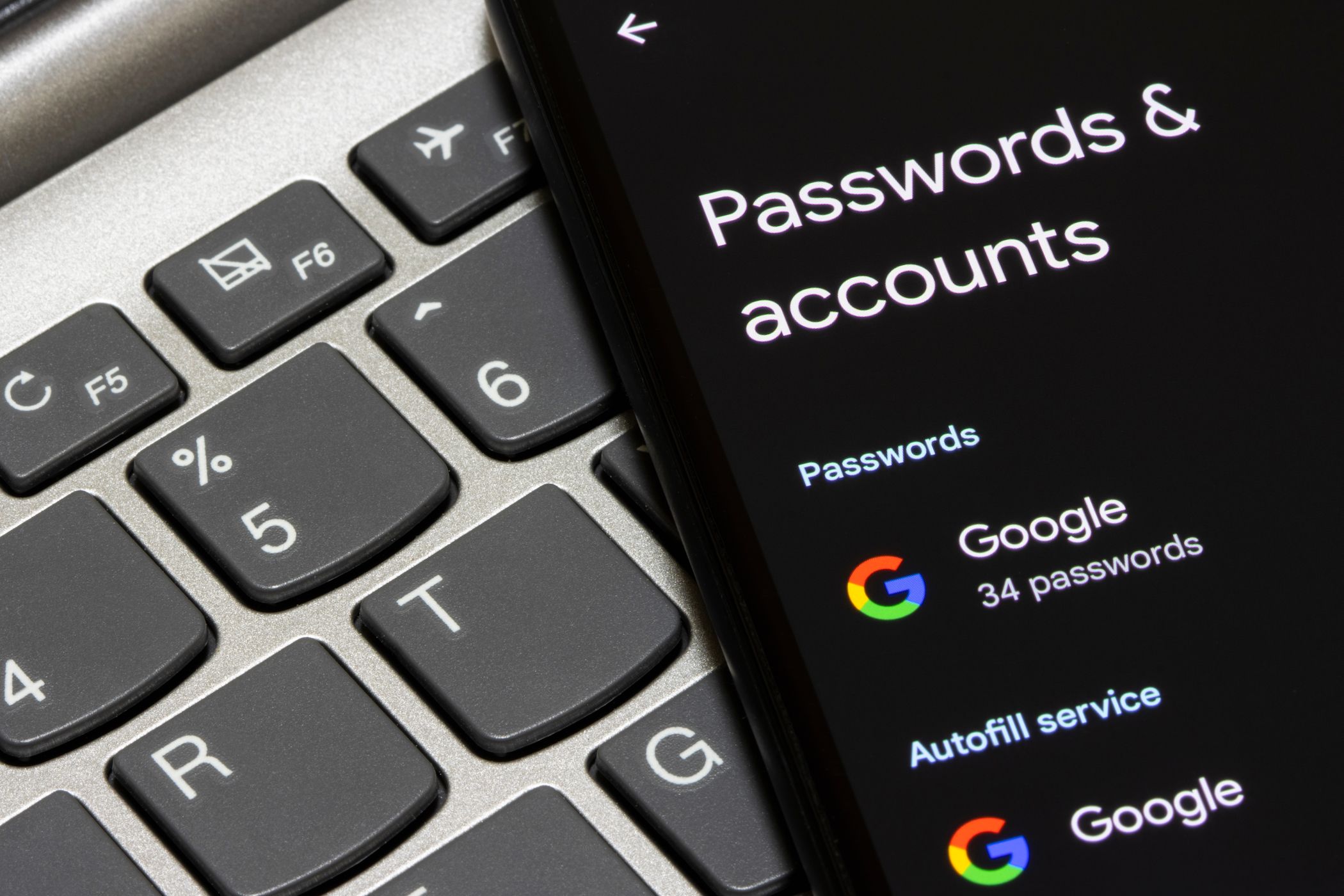
Related
There’s a Privacy Risk When Using “Sign In With Google,” and There’s No Fix Yet
If you’ve ever worked for a defunct start-up, you may be in danger.
Google isn’t necessarily doing anything sinister with this data. But it is collecting far more than most people realize—and doing so constantly. This information isn’t just sitting there. It’s analyzed, categorized, and used to personalize your experience and deliver highly targeted ads.
Where Google Collects Your Data
While most people know Google tracks their searches, few realize just how much more it collects behind the scenes. Here’s a breakdown of what Google services collect:
Google Search | Tracks your queries, clicked results, and search patterns. |
|---|---|
YouTube | Logs what you watch, how long you watch it, your likes/dislikes, and your comments. |
Google Maps | Records your real-time location, past trips, places visited, and routes taken. |
Gmail | Scans your inbox for receipts, shipping updates, and travel confirmations. |
Google Chrome | Stores your browsing history, bookmarks, autofill data, and site visits (unless syncing is off). |
Google Assistant | Saves voice recordings and command history (if enabled). |
Android Devices | Sends periodic updates about your location, app usage, and device interactions. |
Google Photos | Uses facial recognition, object identification, and geotags to organize photos. |
Google Analytics & AdSense (on third-party sites) | Monitors your behavior across the web, even outside Google platforms. |
It’s like a mosaic: each service adds a few tiles. Over time, that mosaic becomes a detailed portrait of who you are and what you do online.
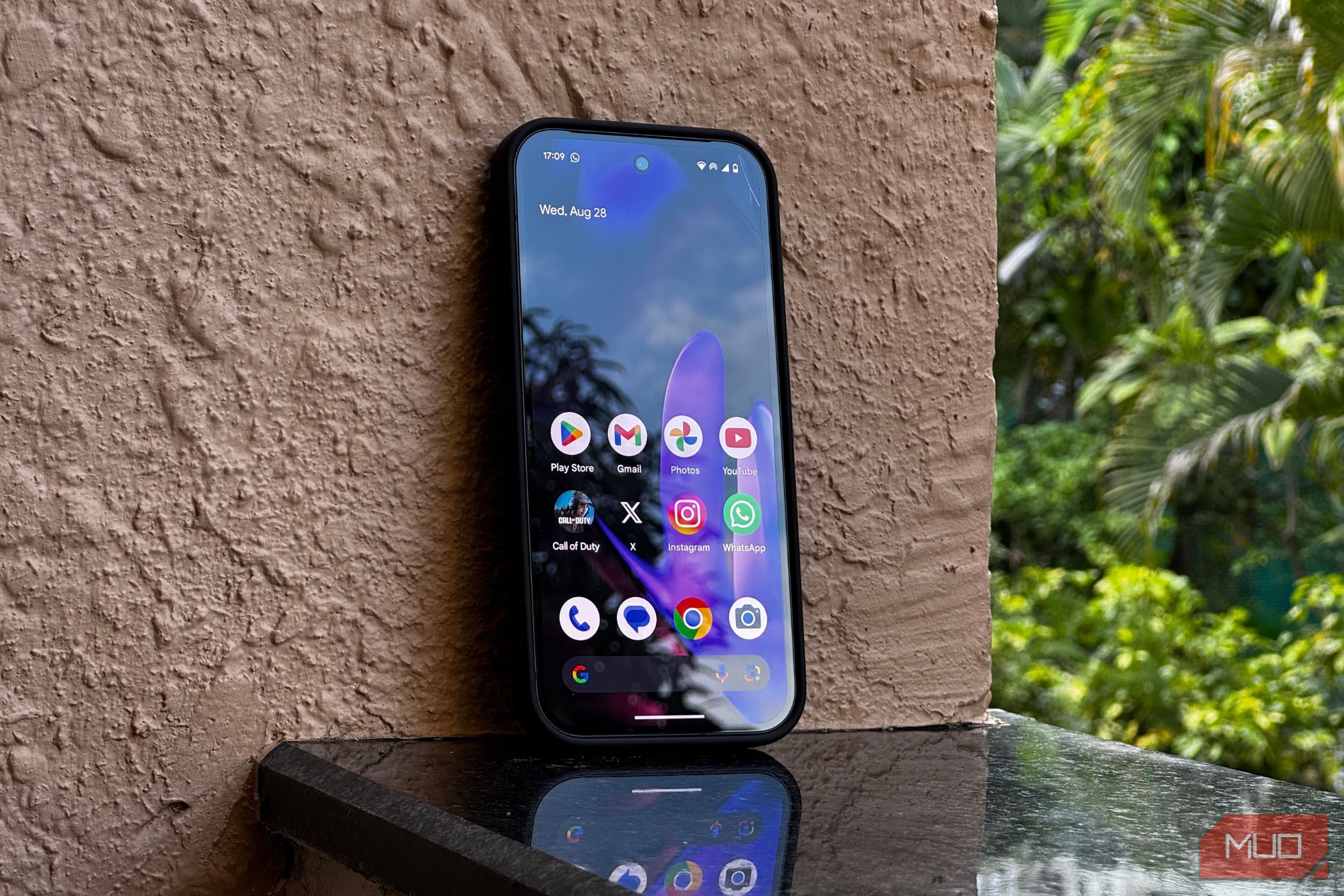
Related
Your Android Phone’s Default Settings Are a Privacy Nightmare—Here’s What to Change Right Now
Your Android’s out-of-the-box settings aren’t doing you any favors when it comes to privacy.
How to See What Google Knows About You
If this sounds unsettling, there’s good news: Google actually gives you tools to see what it knows about you—though you might not be prepared for how detailed it gets.
Start at myactivity.google.com, where you’ll find a searchable timeline of your interactions across Google services: searches, YouTube views, Maps activity, Assistant voice commands, and more.
Try searching for specific terms like “weather” to see how often you check forecasts, or scroll through your history to see searches you might have forgotten about. You might discover Google knows about that 3 AM shopping spree or your sudden interest in learning French last year.
Next, visit adssettings.google.com. Here, you’ll see the profile Google has built based on your behavior: your inferred age, gender, interests, and even life events like moving or job changes. It’s not always accurate—but it’s often close.
Want to see where you’ve been? Open the Google Maps app and tap on You. Scroll down and tap Explore Timeline. You’ll get a map of restaurants you’ve visited, trips you’ve taken, and daily commutes, sometimes down to the exact route. It was particularly interesting how Google was able to accurately infer what mode of transportation I used to go from place to place, correctly identifying when I flew, walked, or took public transit based on travel speed and patterns.
How to Delete and Limit What Google Tracks
Once you’ve seen how much data Google stores, you might want to clean house. Fortunately, Google provides tools to delete old data and limit future tracking. To delete activity or set auto-delete:
- Go to myactivity.google.com
- Select the menu (three vertical dots) > Delete activity by
- Choose a time range or set up auto-delete (3, 18, or 36 months)
To pause activity tracking, go to your Google Account > Data & Privacy. Under History settings, choose which activities to pause (Web & App Activity, Location History, YouTube History).
To pause ad personalization: Visit adssettings.google.com > Turn off Ad personalization
Keep in mind that turning off some tracking may reduce functionality. Disabling location history, for example, can affect Google Maps recommendations or commute estimates. But for many, the tradeoff is worth it.
Can You Ever Really Delete Everything Google Knows About You?
You can delete a lot, but erasing yourself completely from Google’s ecosystem is far more complicated.
Deleting activity from your Google account removes it from your personal dashboard. However, that doesn’t mean it’s immediately wiped from Google’s systems. Some data may be stored in backups or retained for legal or operational reasons, as outlined in Google’s privacy policy.
There’s also data collected by third-party websites using Google’s tools. Even if you clear your personal history, those records may still exist elsewhere. And if you’re using an Android phone, background data collection can continue unless you take advanced steps to block it.

Related
You Can Stop Google From Tracking Your Smartphone, But You’ll Hate How
It’s more inconvenient to care about privacy than ever.
Certain data—like emails in Gmail or files in Drive—must be deleted manually. And unless you delete your Google account entirely, some tracking will likely continue.
Still, taking action matters. Adjusting your settings, deleting what you can, and limiting future tracking can significantly reduce your digital footprint.


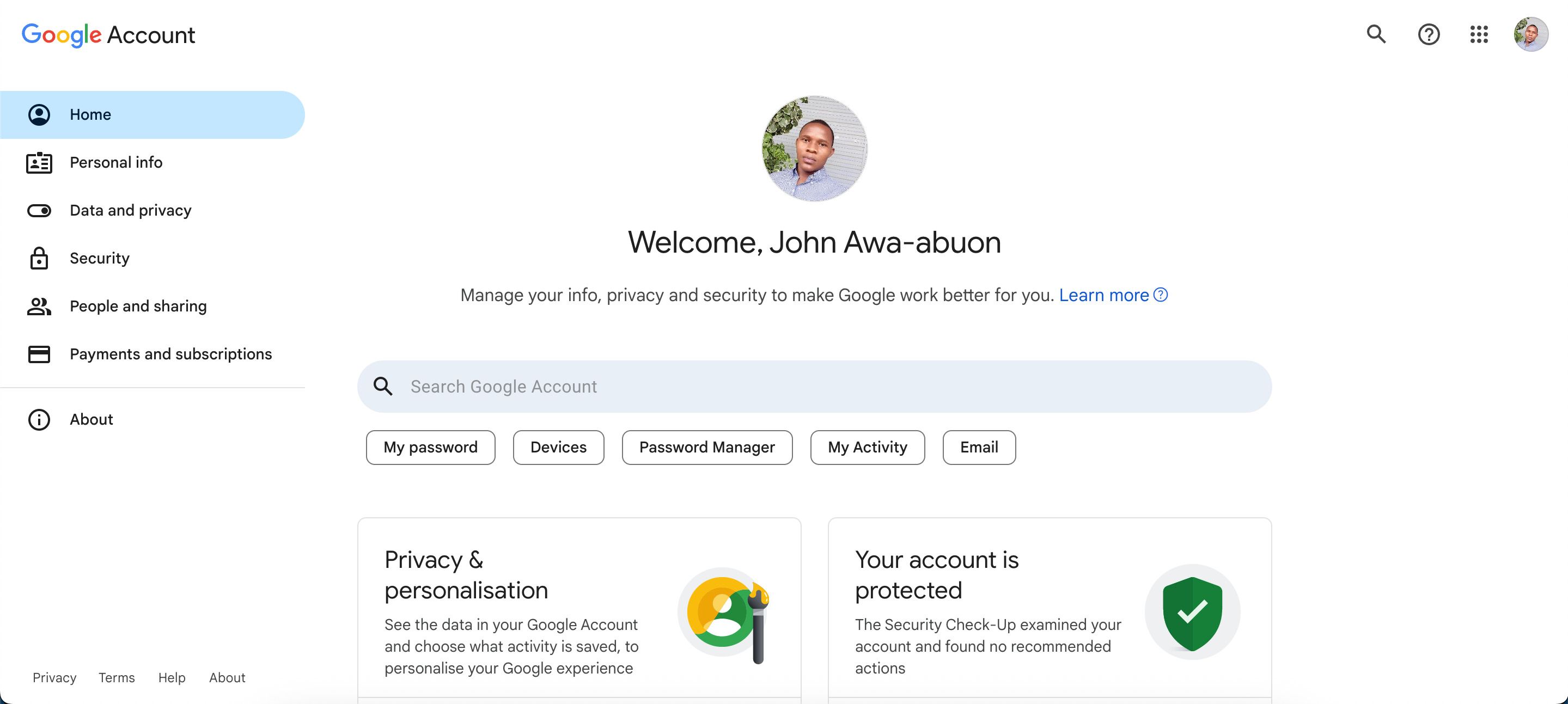
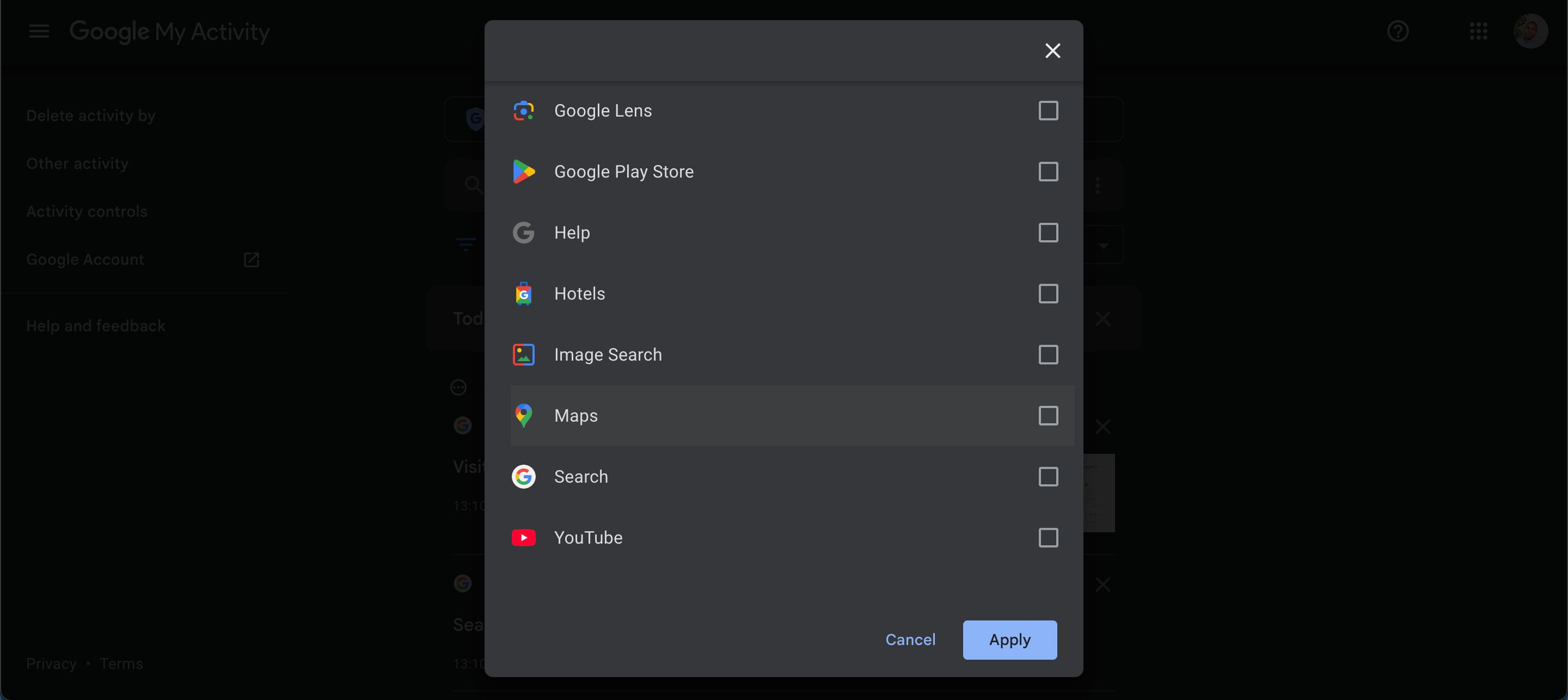
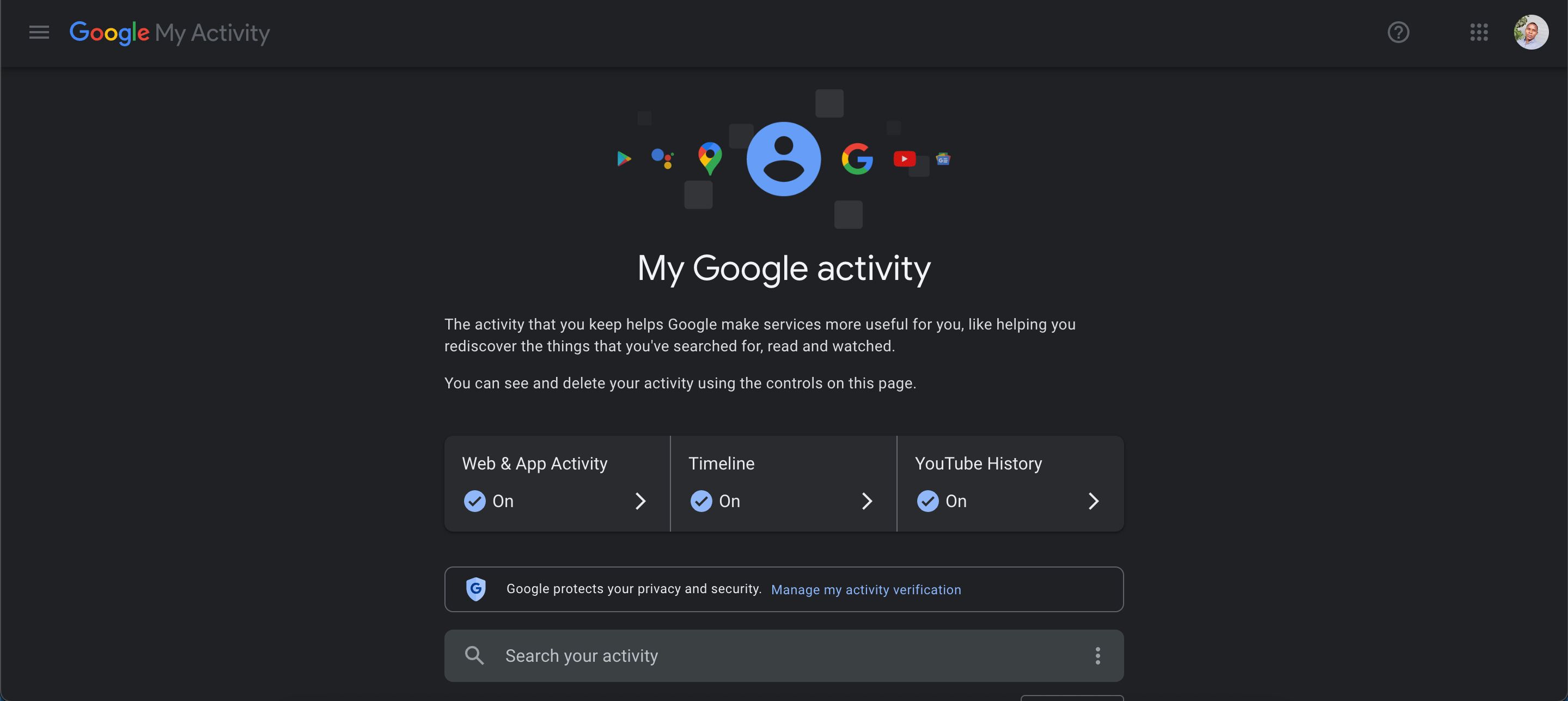
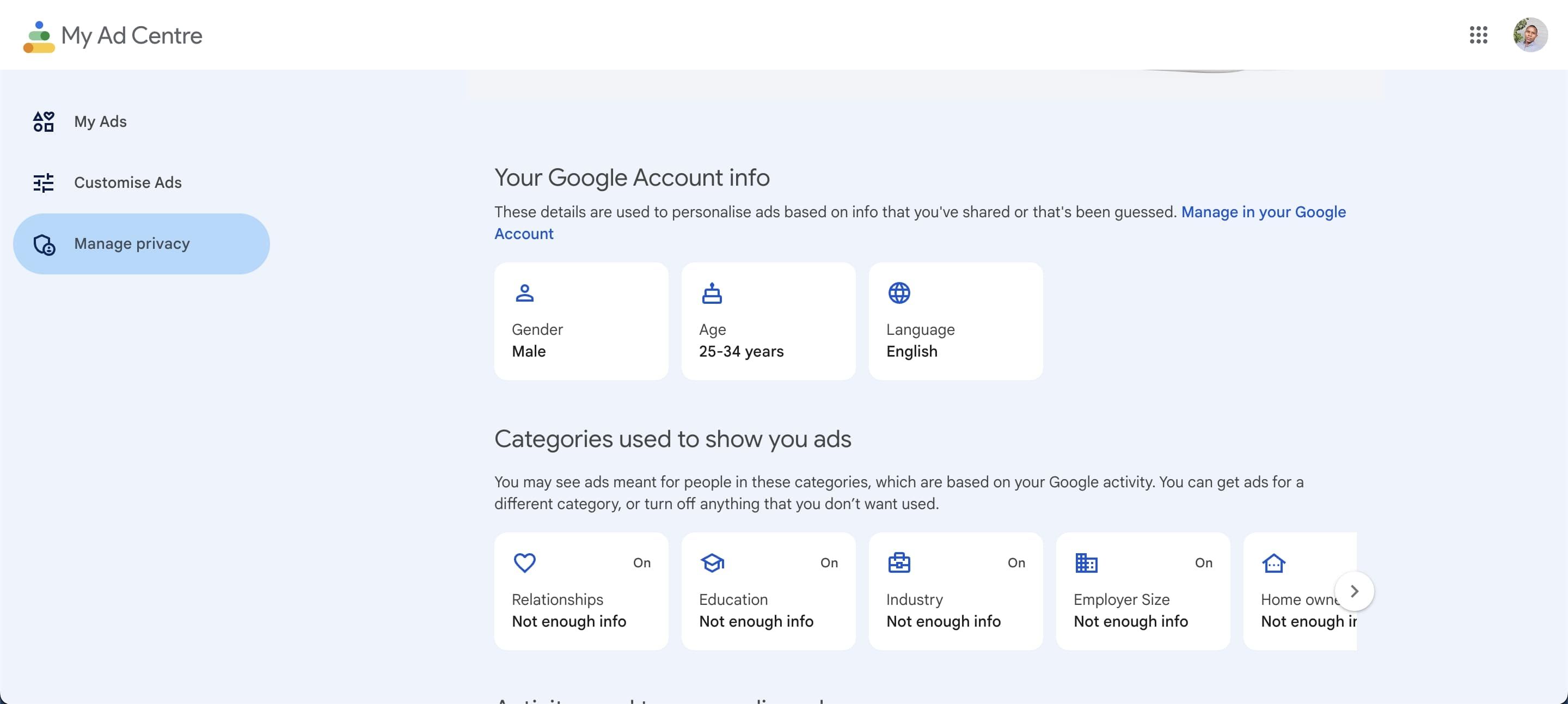
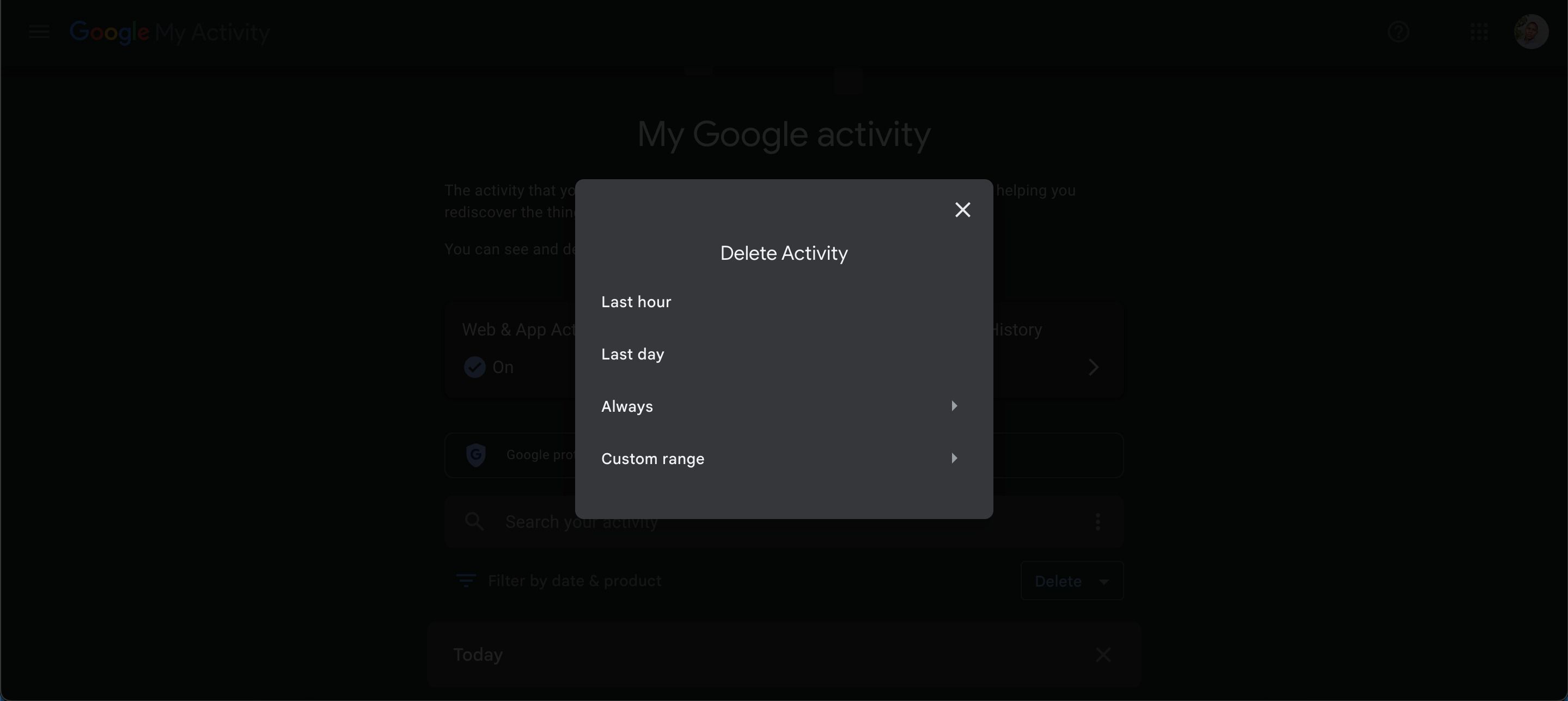
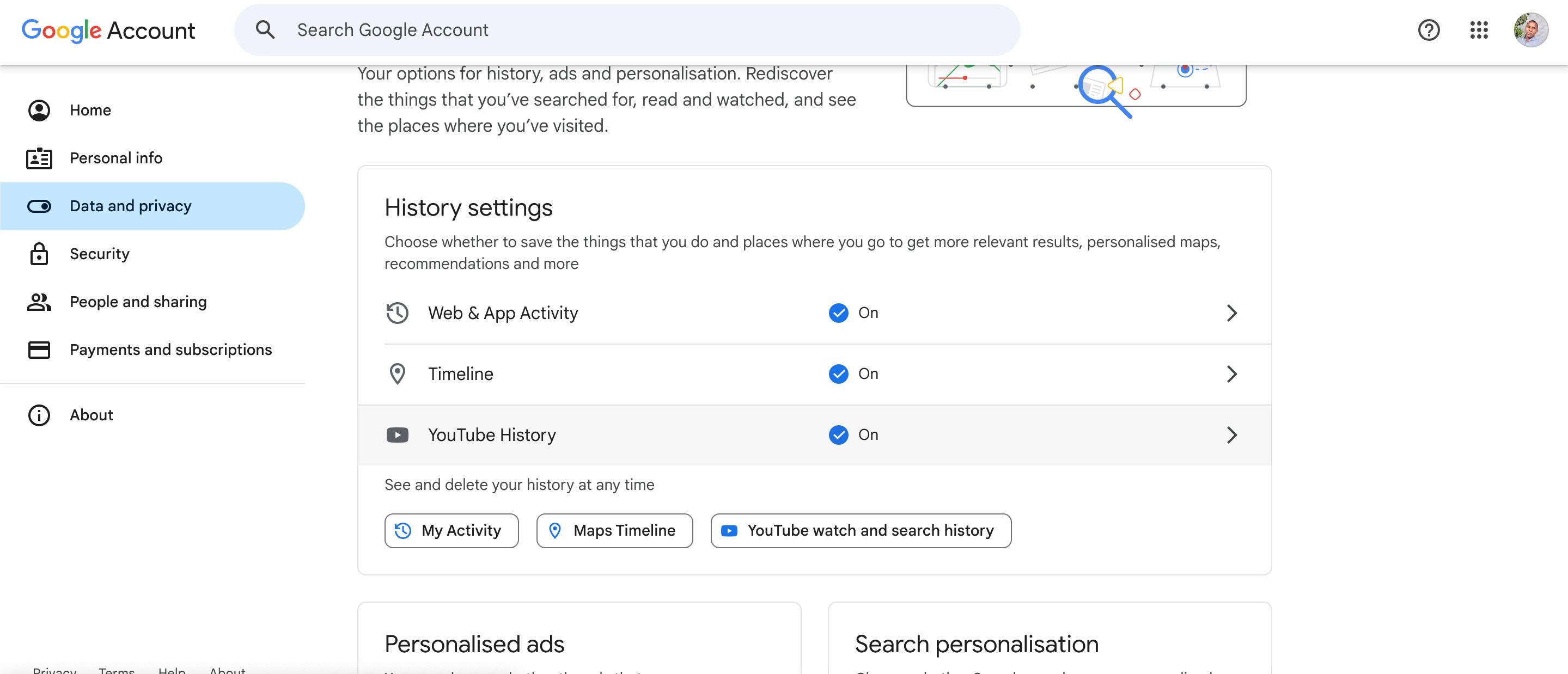






Leave a Comment
Your email address will not be published. Required fields are marked *